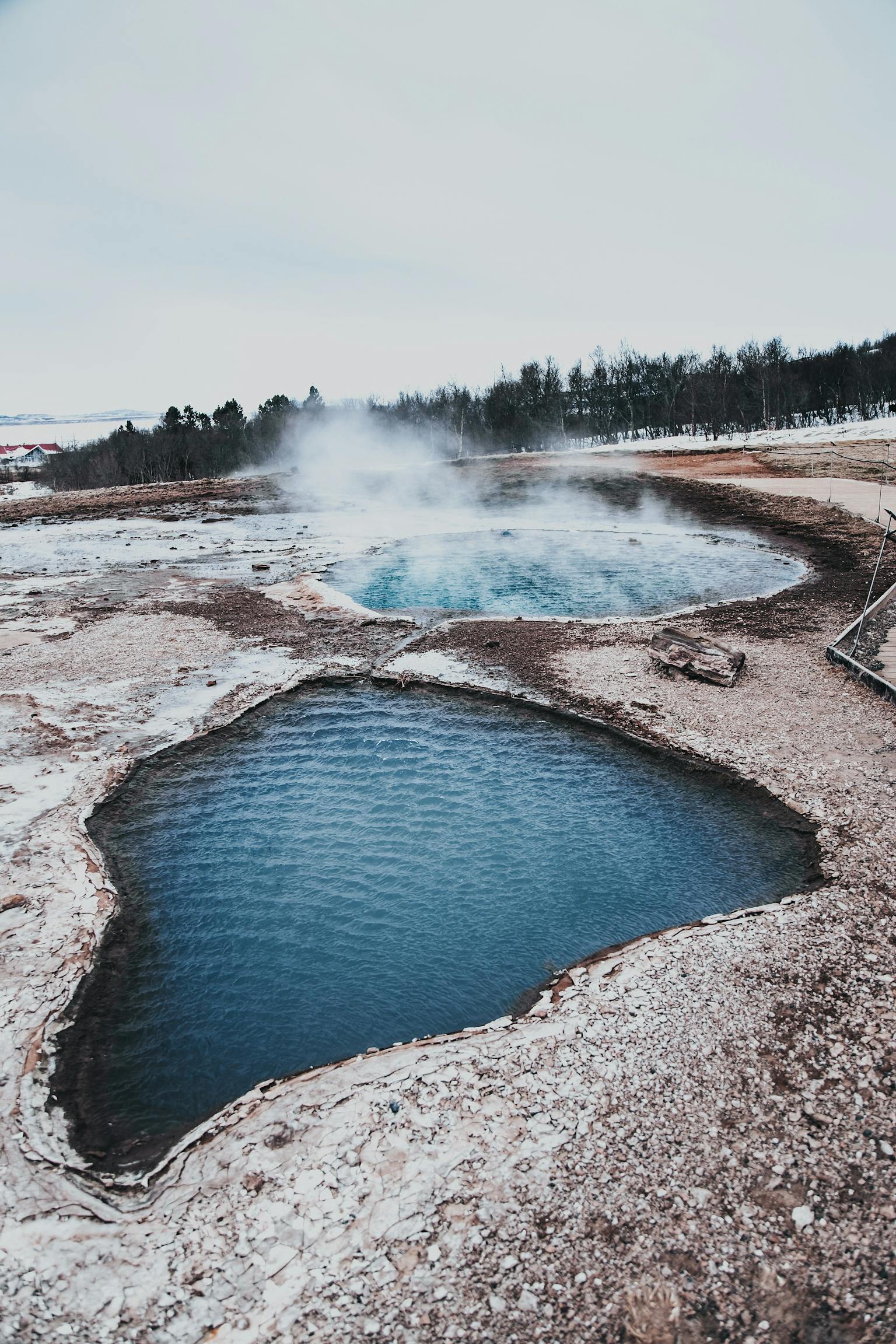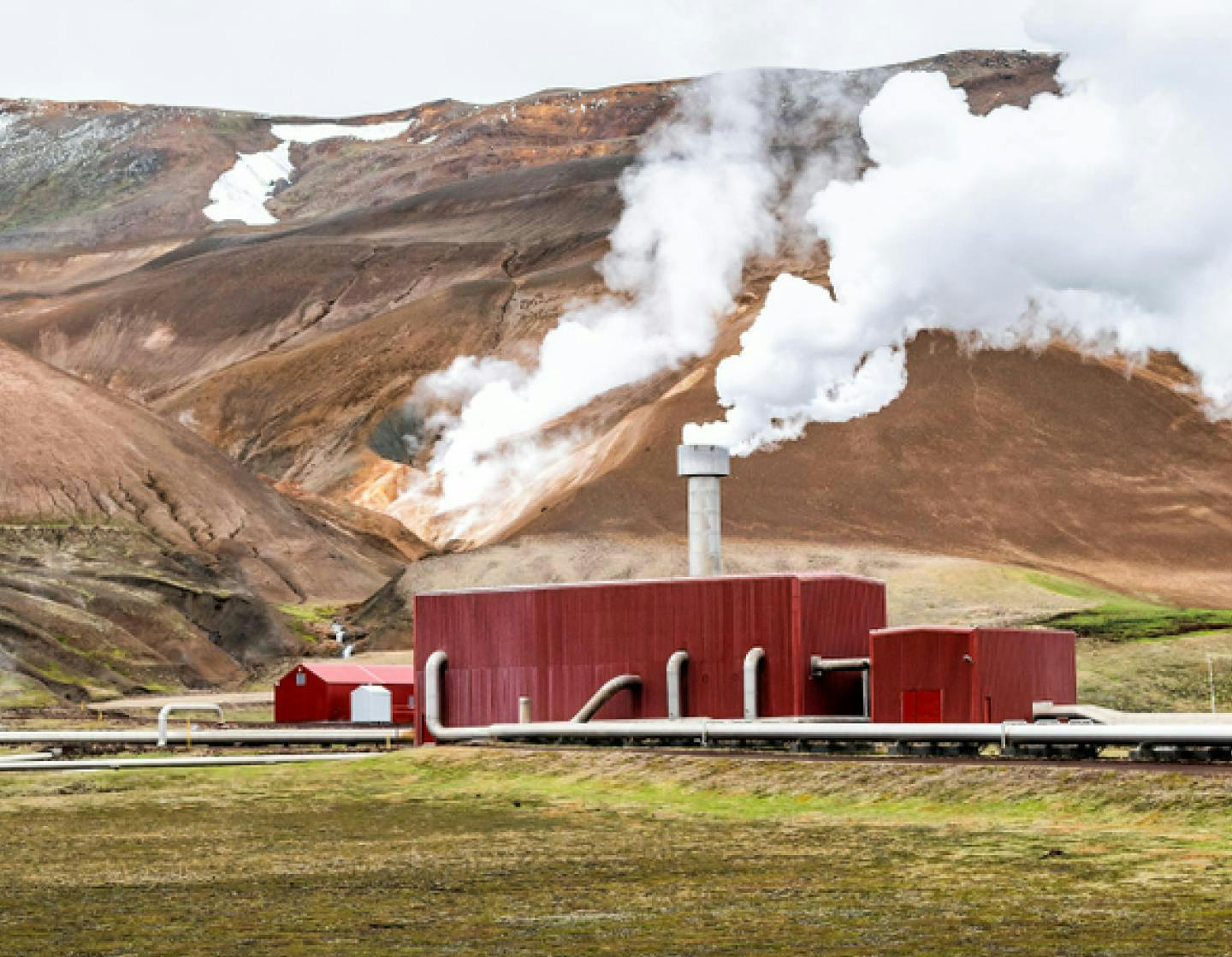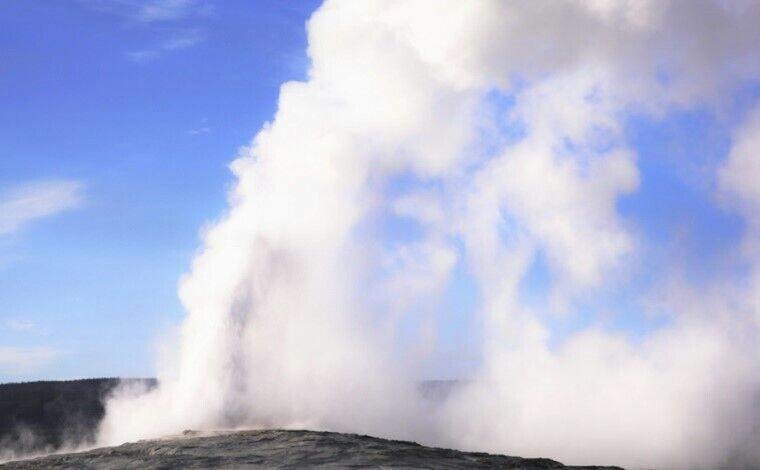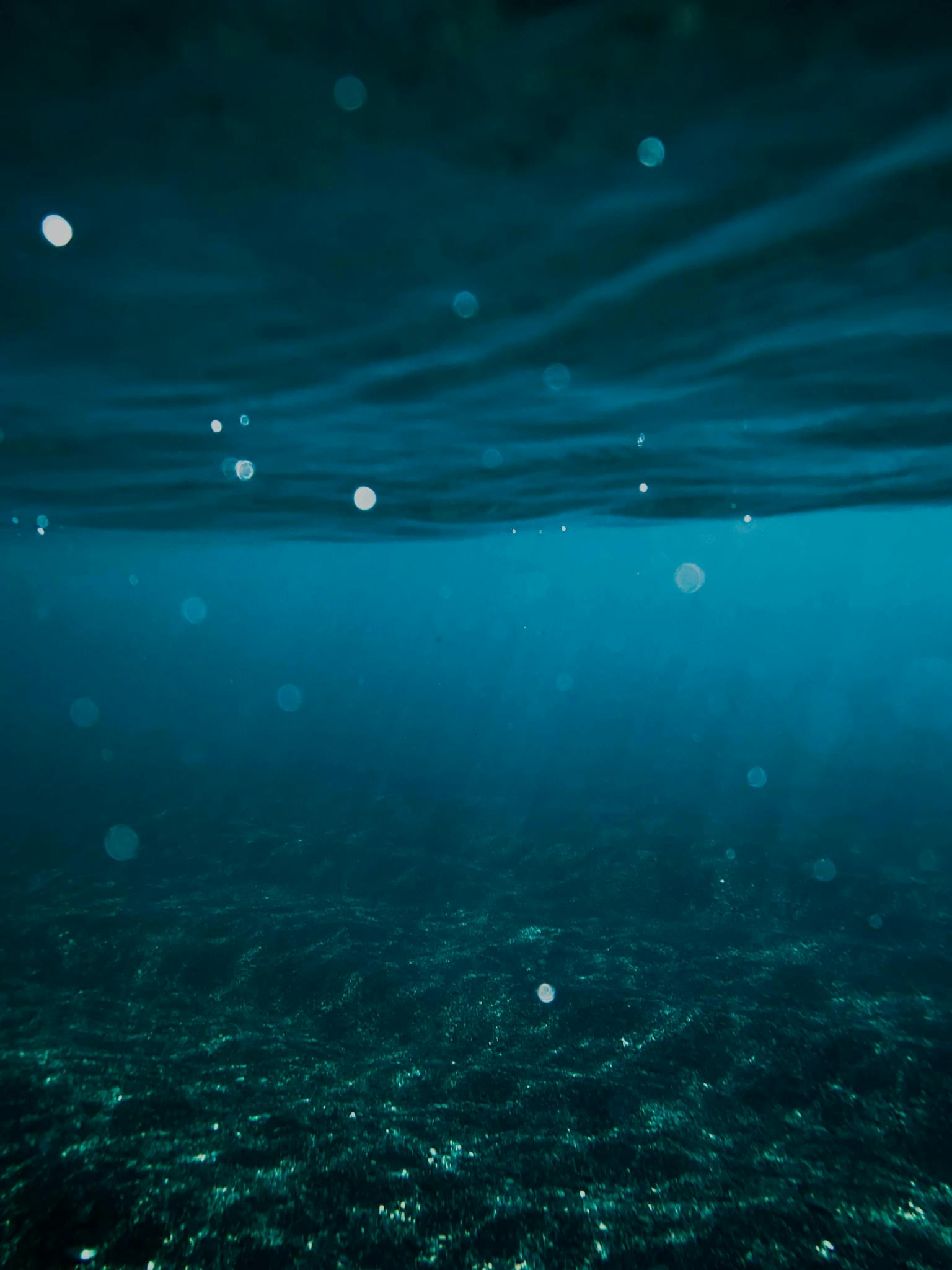District heating
About 90% of the energy used for domestic heating in Iceland comes from geothermal energy (2020). This high percentage rate is unique globally and it is also increasing because there is relatively more development in areas where geothermal district heating utilities are operating, but also new ones have started operating in recent years. In the areas that do not benefit from geothermal district heating, domestic heating mostly utilizes electricity, both direct electric heating, but also several electric district heating utilities are in operation. Oil is also used for district heating, mainly as backup power for the electric district heating utilities.
The beginning of the utilization of geothermal energy for domestic heating can be traced back to 1908, when Stefán B. Jónsson in Suður-Reykir in Mosfellsbær supplied spring water to his home for heating. Then a heating system was put into use in the Laugaskóli school in Reykjadalur in November 1924 and in the Laugarvatnsskóli school in 1928, but public utility projects only began on a large scale with the introduction of the Laugar district heating system in 1930, when a 3 km long pipe was laid from the geothermal washing basins in Reykjavík to the Austurbæjarskóli school. The Reykjavík District Heating Company, Hitaveita Reykjavíkur, was subsequently officially established in 1946, but before that municipal district heating companies had been established in Mosfellsbær in 1943, and in Ólafsfjörður in 1944.

The oil crises of 1973 and 1979 changed Icelandic energy policy. Great emphasis was placed on reducing the import of oil, and the government took the initiative to promote geothermal research and the development of heating utilities. There is a considerable amount of historical sources about the country's heating systems and the use of geothermal energy in a wider context. These include the books Auður úr iðrum jarðar by Sveinn Þórðarson (1998) and Jarðhitabókin by Guðmundur Pálmason (2005).
Numerical information on district heating and heat consumption can be found here.
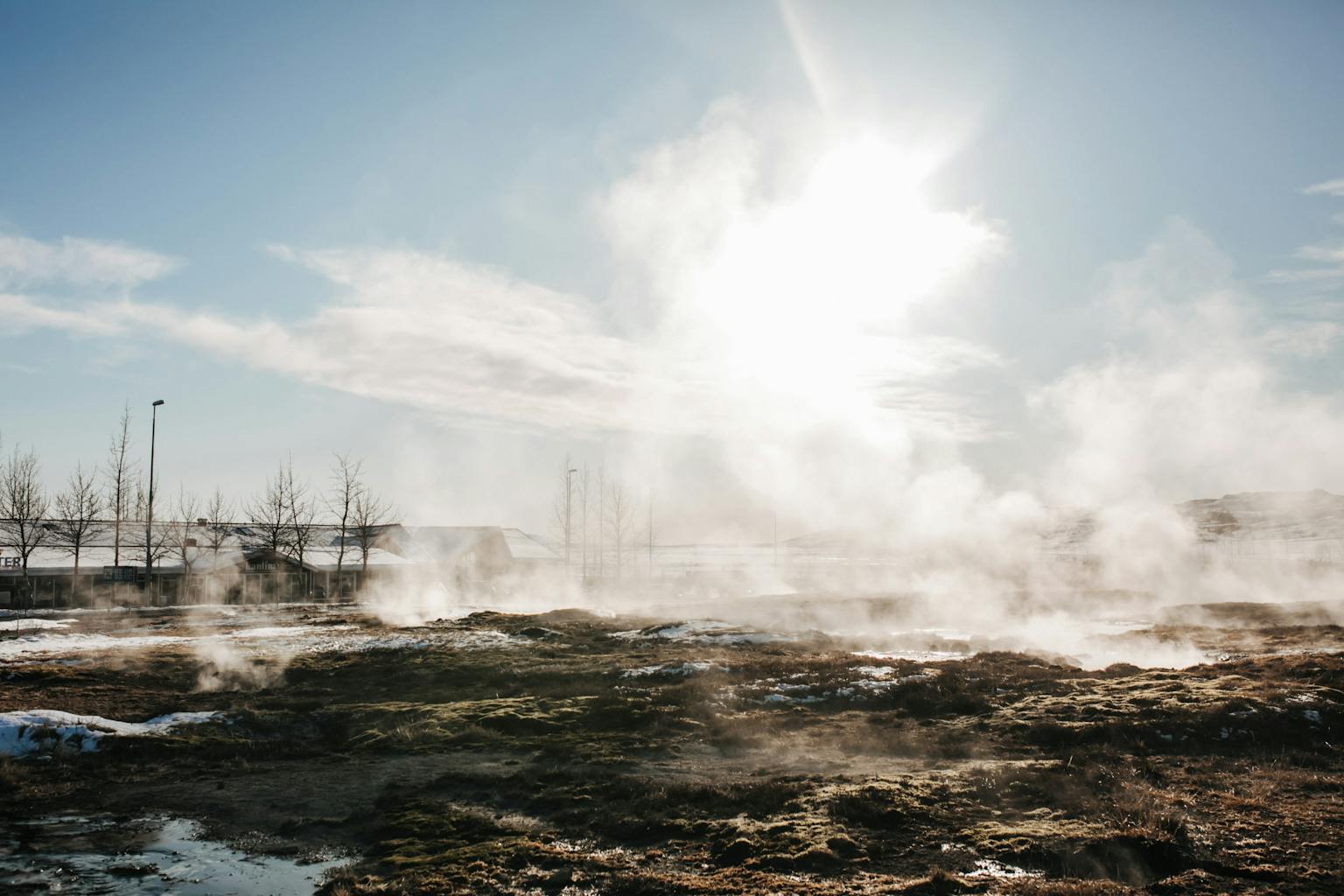
What we do
The role of the National Energy Authority (NEA) in relation to the operation of district heating utilities in Iceland is largely related to data collection, processing and dissemination of information. The NEA collects information on thermal consumption by district heating utilities, whether geothermal or other systems, and publishes these figures, see here.
The NEA also deals with subsidizing heating costs for housing that is not connected to a geothermal district heating utility, see here.
The largest thermal energy utilities in Iceland have a monopoly license, issued by the minister, to operate in their utility area, or part of it, and operate according to regulations. This authorization is based on the conditions set by the Energy Act no. 58/1967 and subsequent amendments. Most of the thermal energy they provide is obtained from geothermal areas, but quite a few electric district heating utilities operate in the Westfjords and East Iceland. These district heating utilities supply 95% of the population with hot water. It is estimated that around 200 smaller geothermal heat sources are operating throughout the country's more scattered settlements and supply both homes and businesses with heat.
District heating utilities with a monopoly license according to current valid regulations in November 2021 can be viewed on our Icelandic page only.
Licensing and applications
The National Energy Authority (NEA) grants licenses for the exploration and investigation of geothermal energy, regardless of whether it is on private or public land, in accordance with the Law on research and utilization of resources in the ground, no. 57/1998 (Resources Act). If an exploration or investigation is carried out by the landowner, the NEA’s permission is not required, but a plan and description of the planned drilling, blasting, construction of mine tunnels or other significant works for this purpose must be sent to it.
The use of ground resources is subject to licensing from the NEA according to natural resources law, whether it is for the use of resources on private or public lands. However, a landowner is permitted to use up to 3.5 MW for household and farm needs without a permit, based on the total amount of thermal energy taken from the ground within the property. However, the NEA must be notified about planned ground drilling and other major constructions.
The NEA also issues research and utilization licenses for microorganisms in accordance with the Natural Resources Act and regulations no. 234/1999, but control is in the hands of the Icelandic Institute of Natural History.
The agency also issues power generation licenses for geothermal power plants according to Electricity Act no. 65/2003, on the basis that a utilization license is in place beforehand. However, a power generation license is not required for power plants with an installed capacity of less than 1 MW, unless the energy from the power plant is delivered to the distribution system of distribution companies or to the transmission system. For backup power stations that have the sole role of providing power for their own use due to breakdowns, lack of transmission capacity, lack of energy or other factors, an activation permit is not required. Owners of power plants with an installed capacity of 30–1,000 kW must submit technical information about the power plant to the NEA. It is also mandatory to notify the NEA annually about the total electricity production of power plants with an installed capacity of over 100 kW.
In cases where the planned projects fall under the provisions of the Act on Environmental Assessment of Projects and Plans, no. 111/2021, the National Planning Agency's conclusion that the implementation is not subject to assessment, or the agency's opinion on the project's assessment report, must also be available before the license application is sent to the NEA.
